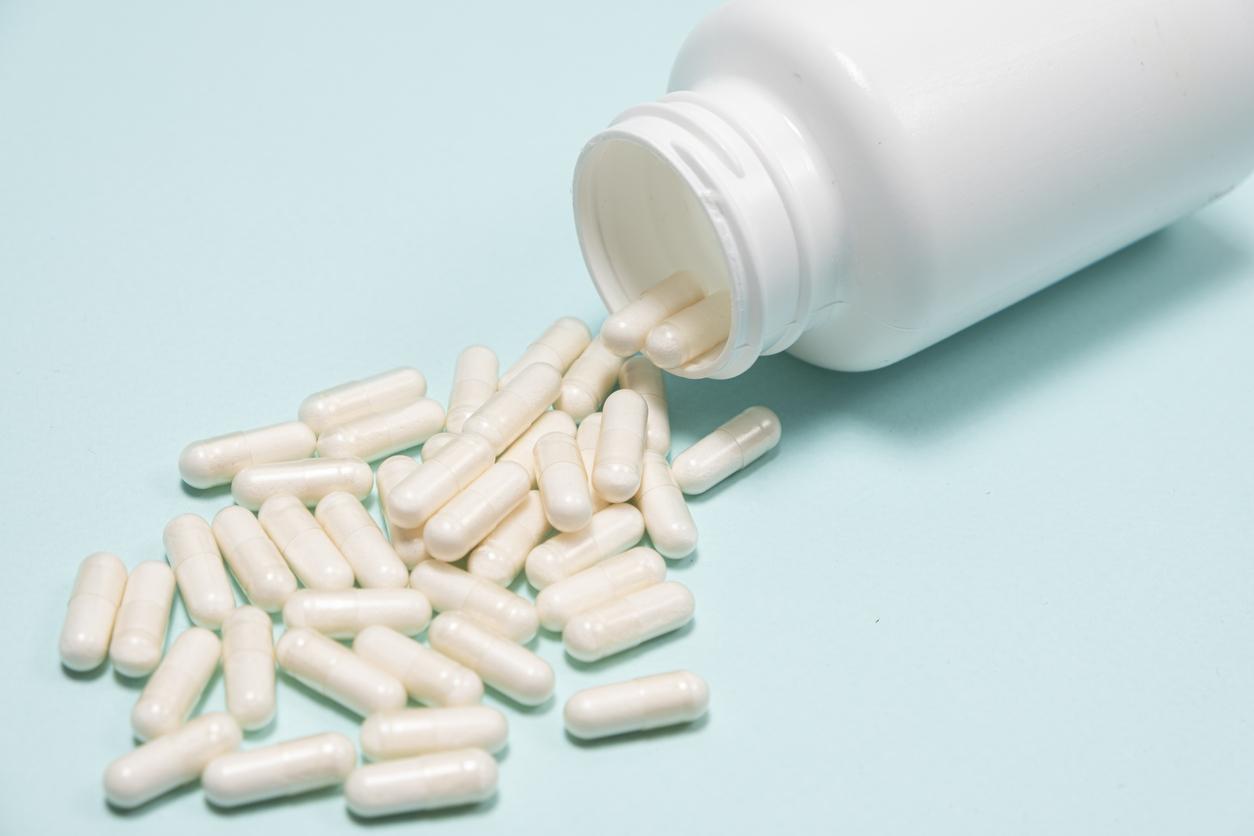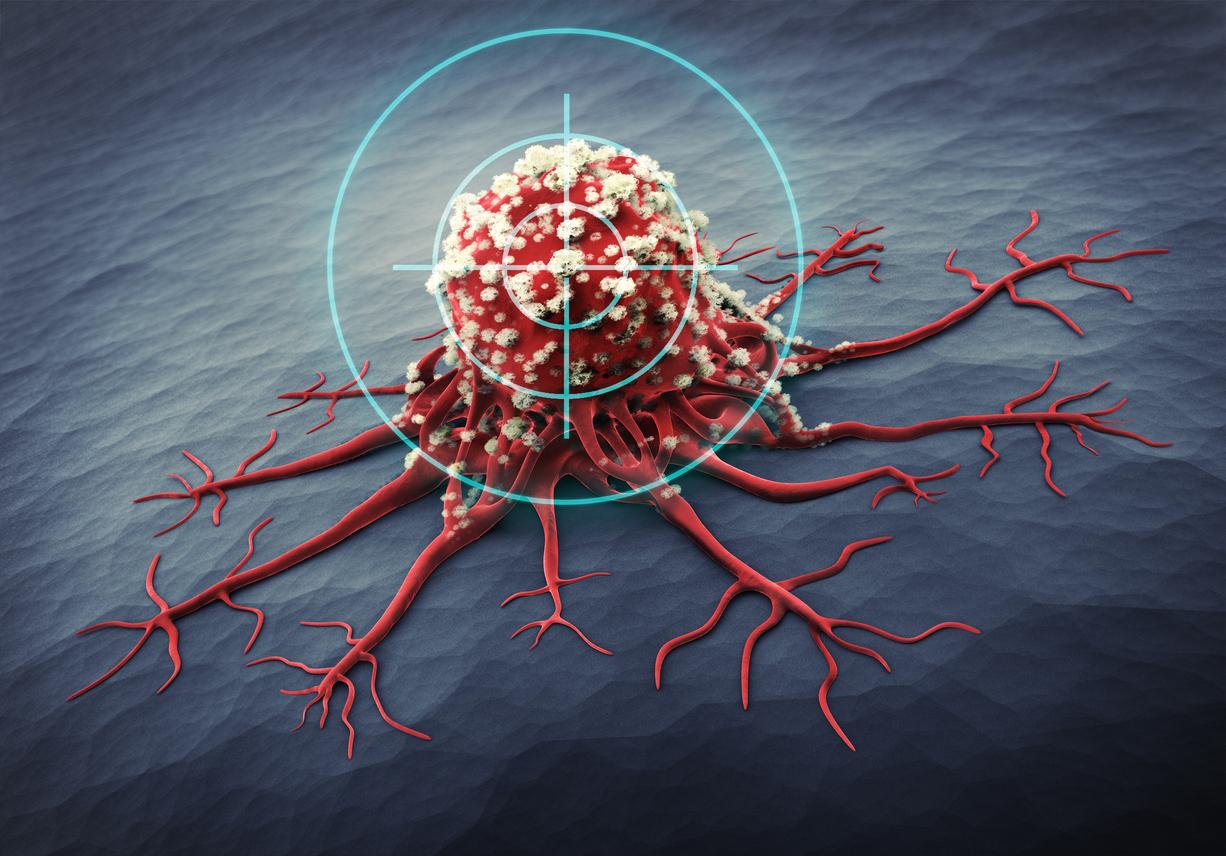October 20, 2005 – British and French researchers believe that one type of starch, resistant starch, could counteract insulin intolerance, a metabolic disorder that can lead to diabetes.
The Oxford Center for Diabetes and the French National Institute of Health and Medical Research jointly conducted a preliminary trial1 in ten healthy subjects to assess the effects of resistant starch, made up of insoluble and indigestible dietary fiber, on blood sugar and the metabolic response to insulin. As for the placebo treatment, it consisted of soluble and digestible fibers.
Each of the subjects received one and the other of the two treatments, unblinded, following a crossover protocol. Each treatment lasted four weeks and was interrupted by a four week stopping period. After either phase of the trial, participants’ blood carbohydrate levels were carefully measured.
The results indicate that insulin sensitivity was approximately 33% higher after four weeks of treatment with resistant starch (30 g per day) than with soluble and digestible fiber (placebo). The researchers were also able to verify that blood glucose levels returned to normal more quickly after a meal high in glucose in subjects who took resistant starch.
Resistant starch is a plant-based polysaccharide, an insoluble and indigestible dietary fiber that passes through the stomach and small intestine without being broken down and digested. It is found in particular in most legumes and in certain cereals. It constitutes a privileged food for the useful bacteria (probiotics) which normally colonize the colon. This is why this type of starch is called a prebiotic.
The authors recognize that their results are preliminary and that it will be necessary to conduct trials with subjects suffering from insulin resistance in order to know whether resistant starch can actually counter this metabolic disorder which is associated with a prediabetic state.
The resistant starch used in this test came from the British firm National Starch and Chemical. It is an extract of corn, the Hi-Maize 260, which is the subject of an application for authorization as an atypical food ingredient (novel food ingredient) with the authorities of the European Union2.
Pierre Lefrançois – PasseportSanté.net
According to drweil.com, foodnavigator-usa.com, RSSL Science With Service.
1. Robertson MD, Bickerton AS, Dennis AL, Vidal H, Frayn KN. Insulin-sensitizing effects of dietary resistant starch and effects on skeletal muscle and adipose tissue metabolism.Am J Clin Nutr. 2005
2. Phosphated distarch phosphate. Food Standards Agency. England, 2005. [Consulté le 11 octobre 2005]. www.food.gov.uk

















